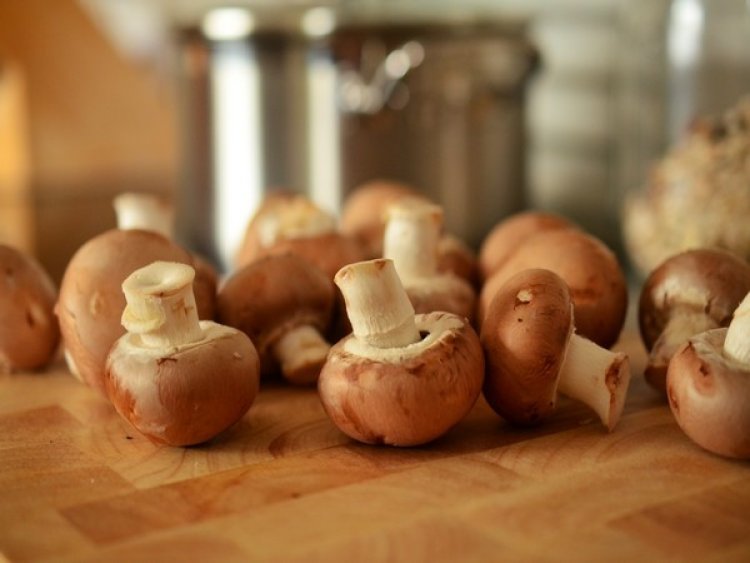Porcini mushrooms have evolved with a preference for local adaptation: Research

Washington, US: The Dentinger Lab at the Natural History Museum of Utah has published a provocative new paper in the journal New Phytologist that describes their work with the much-beloved mushroom, Boletus edulis, better known by gastronomers worldwide as the porcini.
In the paper, Keaton Tremble and Bryn Dentinger, PhD, present a first-of-its-kind genetic survey of porcini mushrooms across the Northern Hemisphere. By evaluating the genetic code of these samples from across the globe, they learned that these delicious fungi evolved in surprising ways contrary to the expectations of many who might think that geographic isolation would be the primary driver for species diversity. In fact, there are regions in the world where porcini maintain their genetic distinctiveness in local ecological niches, even if they are not isolated geographically from other genetic lineages.
The French word terroir, made famous by viticulturalists, immediately comes to mind. Terroir describes the local factors such as soil types, amount of sunshine, degree of slope, microclimate, soil microorganisms, etc. that make each plot of land yield distinctive wines. It is a celebration of the local ecology and its impact on the vines, grapes, and finished product. Tremble and Dentinger's new study offers mushroom hunters tantalizing data to claim that the porcinis in their secret forest patch express the qualities of their terroir in the same way as the best wines in the world.
But this isn't the point of the study. With the advent of genetic sequencing, most mycology genetic studies have focused on describing the unique characteristics of fungi in a small geographic area. Tremble and Dentinger wanted to do something different. Rather than just comparing a group of mushrooms from Colorado to a group in California in order to call them different species, they wanted to better understand the global trends in how the genetic code was preserved or changed in porcini. "Our study is important because it goes beyond overly simplistic sampling method used in the past," states Dentinger.
What they found is that porcini have evolved in different, but clearly recognizable ways across the globe. "In North America, there is a strong stratification of separate genetic populations in local areas, despite the fact that they aren't reproductively isolated," explains Tremble. "Yet in Europe, there is one lineage that dominates from Spain to Georgia to Scandanavia."
Evolutionary biologists typically believe that there is one evolutionary strategy that governs the speciation process for a particular organism, but Tremble and Dentinger have showed that porcini actually exhibit multiple, divergent strategies. In fact, this is the first genetic study in any organism to show such a result at the global scale.
A related, significant result is a refutation of the traditional notion that isolation is the main way that species develop their uniqueness. As the Encyclopedia of Ecology (Second Edition -- 2019) proudly states: "all evolutionary biologists agree that geographic isolation is a common, if not the most common, mechanism by which new species arise (Futuyma, 2013)."















































